Looking back historically, many of today’s Habanos S.A brands were close to being relegated to the dustbin of history. Although unimaginable today the cigar portfolios of H.Upmann, Sancho Panza, and La Gloria Cubana to name just a few, were brands uncomfortably close to being discontinued, if not for a last-minute merger or a change in political climate. In the case of Cuba, its most iconic national export has been downstream and vulnerable to the brazen social, political turmoil and geopolitical insecurity that have afflicted the island nation for some time. Through the lens of cigar history we can extract new perspectives into the often arbitrary and surprising forces that have caused the demise of Cuba’s lost and forgotten cigar brands.
These trajectories are often fascinating, and with the supply of these increasingly rare vitolas commanding higher and higher prices at auctions, it has become prescient for us aficionados to recognise these vintage smokes when we see them, should we be so lucky. It’s here that the excitement of cigar hunting lies; the discovery of a dusty unrecognisable box with a strange logo found at a yard sale, or better yet a cigar shop. Even if the financial value or smoking potential may be lost on us, ideally there will be no mistaking these boxes as irreplaceable pieces of cigar history should we stumble across them.
It’s often in the peripheral histories of lost cigar lines that we can gain new insight into their enduring legacies and how they inform the present. We can think of today’s entire Habanos S.A portfolio as propped up with the ghosts of dead and discontinued brands, their unfulfilled destinies tied up with the entire history of Cuba and beyond. Occasionally some long-forgotten ones will be resuscitated beyond the borders of the island nation, a testament to their enduring legacy.
It is only fitting that we discuss Cabañas, widely regarded as the very first commercially available Habanos. Cabañas presents the ultimate tragic story of excellence thwarted. It’s authority as the torchbearer of Cuban tobacco excellence dominating for 150 years, unceremoniously extinguished in 1962.
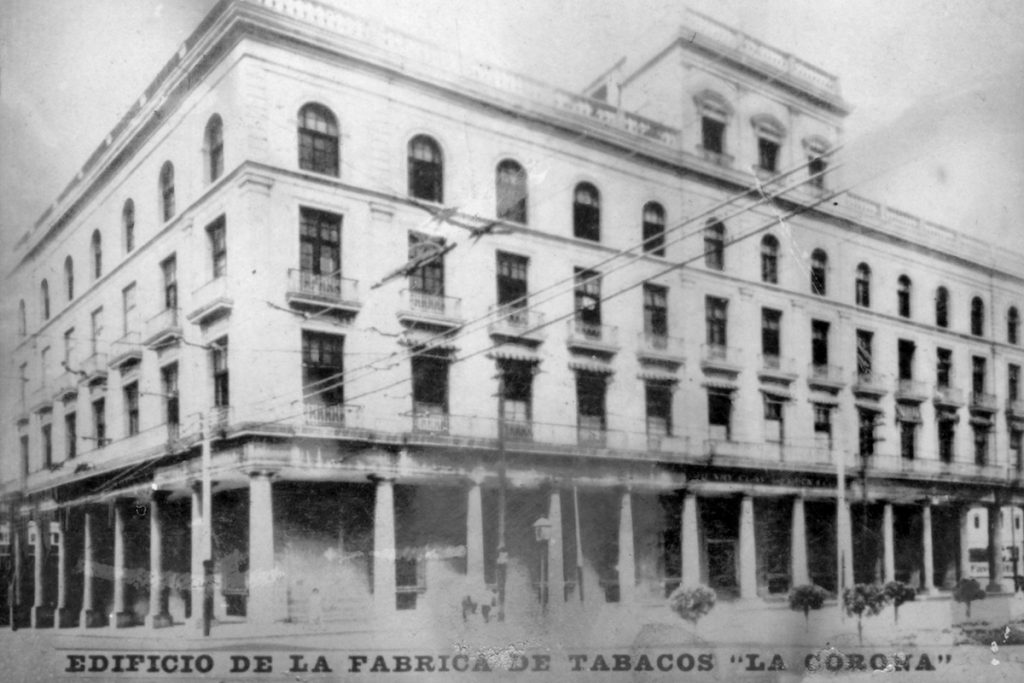
Spaniard Francisco Cabañas registered his name-bearing cigar line at the Havana trademark office in 1810. This was an astonishing feat, slipping through the cracks of the Spanish empire’s-imposed tobacco trade monopoly on the Cuban colony. Private tobacco enterprises were outlawed, and licenses were impossible to obtain during this period. The stranglehold meant that Spain would primarily use the island for it’s leaves, the raw material then processed to cigarettes and cigars on the Iberian-peninsula. Although 1810 is the official date allotted to the beginning of Cuba’s oldest cigar brand, it is known that Francisco was producing cigars well before his official registration. He operated a small shop on 112 Jesus Maria street in the heart of fortified old Havana during the 1790’s. Incredibly this places the birth of Cabañas in a time period when Mozart was a contemporary. As Zino Davidoff clarifies in « Le livre de conoisseur de cigare » Cabañas was in fact the second name documented in the Havana’s registry of trademarks, the first being “Bernardino Rencurrel”. Don Jaime’s Partagas on the other hand is reported to have began manufacturing around 1827, during the time work began on the iconic 520 Industria street factory.
Upon registering Francisco moved locations from the narrow streets and densely populated center where he would spearhead his legally dubious operations, to the openness of Jesus del Monte avenue; the historical main artery connecting Havana to the countryside. On the outskirts in a larger facility, Cabañas were the first brand to supply the imperial centers of Spain and England, launching a new era altogether. Tragedy struck in 1828, with Francisco dying shortly after his daughter, Maria’s wedding to Manuel Antonio Carbajal. With his passing the factory and name was inherited by his daughter as the only heir, her husband Manuel would assume responsibility for the business by 1833.
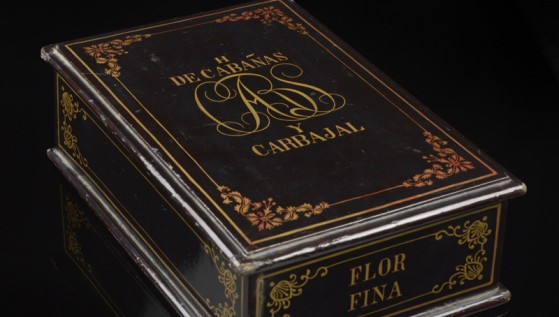
By the time Manuel Antonio had taken over Cabañas, Francisco’s cigars were already supplying London shops, a full year before King Ferdinand VII officially relinquished the tobacco monopoly. This was also a good 4 years before the oldest existing Cuban brand today, Por Larranaga was even registered. With this major advantage over competitors supplying European royalty before the abolishment of the tobacco monopoly, Cabañas secured its associations of luxury and excellence, as the cigar of choice for the Spanish high society and monarchy.
Within 3 decades, cigar production grew dramatically from 400,000 sticks in 1817, to almost 4.9 million being exported, by 1837. Household names Ramon Allones (1840), Punch (1844), and H.Upmann (1845) were established in this historic period. In 1845 came the symbolic coronation of the nation as the Mecca of cigars, with the completion of the legendary Partagas factory just behind the Cuban capital building.
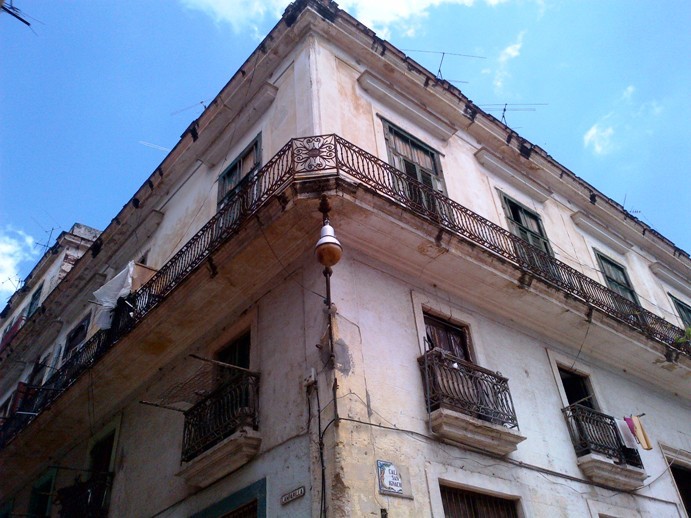
In the mid 19th century, keeping ties with Francisco’s lineage the company was re-registered as Hija de Cabañas y Carbajal y cia. During a registration fever that saw hundreds of tobacco enterprises being established, a public spat transpired with none other than Don Jaime Partagas becoming the subject of an eight-year long trial. According to records, a sly Don Jaime registered the name “Flor de Cabañas” in a bid to appeal to the wide international following brand had earned. The words “Partagas y Compania” were put subtly underneath the misleading Cabañas name, the hostile move implying production at the Cabañas factory. Understandably the anger from the Carbajal family germinated into a lawsuit. In 1854, Partagas was forced to drop the borrowed nomenclature opting for the now famous “Flor de Tabacos de Partagas y Compania”.
Considering the high international esteem of Cabañas that dominated the 19th century as the Havana cigar of choice, it is no wonder why Don Jaime attempted this sneaky maneuver. In 1904 Harper’s magazine declared the brand the “most aggressively imitated brand in Havana”. The highest demarcation of the “real deal” was undoubtedly the logo, one that famously adorns Napoleon III’s private cigar box. The vitola housed within, naturally named the “Napoleones”. Another fascinating artefact demonstrating the prestige of the Cabañas name is a private box commemorating 50 years of supplying the Spanish Crown, featuring a beautifully stencilled monarchal coat of arms, containing the custom rolled, Emperadores. Two exquisite glass Hija de Cabañas boxes dating from the 1851 Great exhibition, where the cigars earned the gold medal, now sit at the James J Fox museum, a stone’s throw away from the grounds where the expo was hosted. Intriguingly, within these boxes are contained what are thought to be the oldest cigars in the world, apt care reserved for the Cuba’s oldest cigar brand.
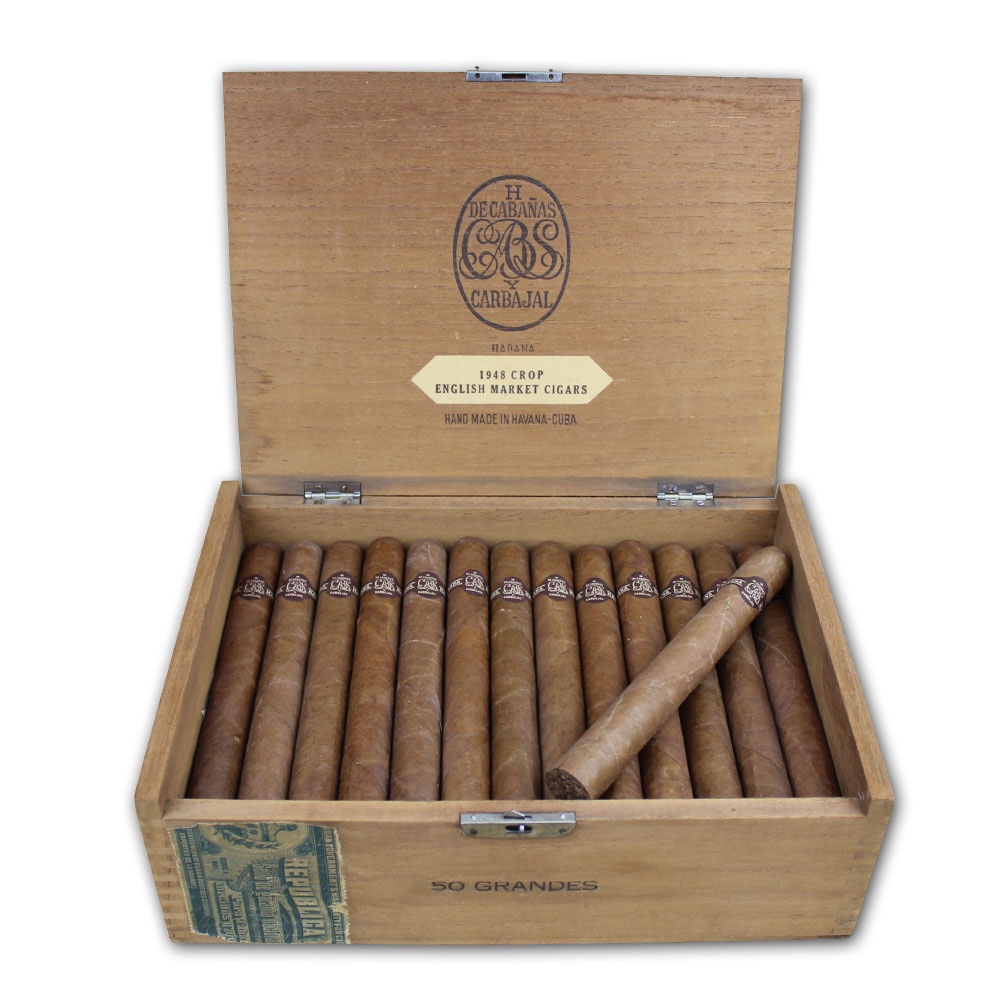
In 1879 following the changing marital situation of the business owner’s daughter, the company was renamed Leopoldo Carvajal y Cia, taking the name of Manuel Antonio Carbajal’s son in law, who assumed direction of the company. The production of the famed Hijas de Cabañas y Carbajal brand went unimpeded, and the factory was relocated to the intersection of Lamparilla and San Ignacio in the heart of Old Havana. Just over half a century after the abolishment of the Spanish empire’s tobacco monopoly, came a new tobacco monopoly in the form of the American Tobacco Company. This new trust galvanized U.S and British funds in buying out the Cuban cigar industry, the brand renamed to the slightly anglicized “Hija de Cabañas y Carvajal Cigar Company”. The brand’s ownership under the American trust would remain the same despite a rebranding from “Henry Clay Bock & Co.” to “Tabacalera Cubana S.A” between 1900 and the 1930s.
By the mid-century, production had moved to the La Corona factory, the first steel constructed building in Cuba located on Calle Agramonte No. 106 . The imposing factory spanning an entire city block was completed by the American Tobacco Company in 1904, the company rebrandeding to Tabacalera Cubana, by the time Hija de Cabañas had moved in. In the colloquially named “Iron Palace” cigar factory, the line shared a home with other since extinguished pre-revolution brands primarily supplying the American market including; La Aroma de Cuba, Don Quijote de la Mancha, La Vencedora and others. Since the 1930’s the practice of importing Cuban tobacco to Trenton, New Jersey for rolling became fairly common, as a way to bypass the high import duties of completed cigars. This practice running an interesting historical parallel with the Imperial Spanish monopoly, excluded Hija de Cabañas.
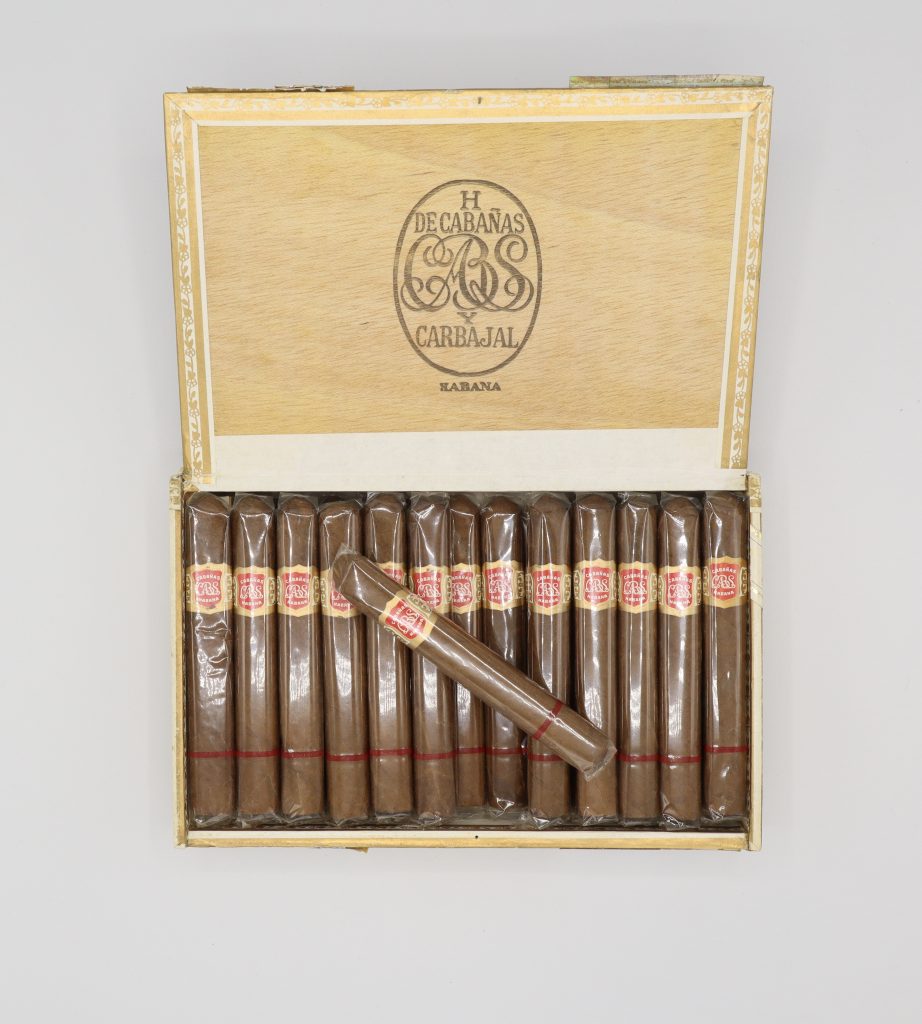
Today most of the few existing specimens of the brand are dated within the 1950s. If the rating these vintage pre-Castro cigars have earned in major cigar publications is to be believed, the brand’s status as the peak of cigar excellence remained in tact up to it’s extinguishing in 1962. A 1955 H de Cabañas Numero 51 scored a near perfect 99 points, while a 1960 H de Cabañas No.751 made for Alfred Dunhill Ltd, scored 97 points. Both Shanken and Suckling identify a very fine nutty profile, a creamy texture, accounting for a super rich, mellow smoke.
With the revolution and the ensuing embargo, lines such as “Hija de Cabañas” were no longer feasible as the Tabacalera Cubana S.A exporters were very reliant on the U.S market. In the latter half of the 20th century almost 200 years upon the original founding, Habanos S.A reintroduced a new cigar bearing the name “Cabañas” in 1989 with the original logo. The new version bore no resemblance to the pre-revolutionary brand, emerging as a mild, economic, machine-made cigar, alongside Belinda, and La Corona (both of which existed as pre-Castro cigars). The cigar band featured a generic “Hoyo de Monterrey” style crest, as also seen on Jose Gener’s cult “La Escepcion” brand. Habanos S.A’s Cabañas were intended for the Eastern European market, featuring seven vitolas at their height, ranging minimally in gauge (29-40) and length (98-127mm). Unlike other machine-made cigars, these were made using long strand instead of short strand fillers. Research indicates that the strength of the cigar has increased since 1989 to its cancellation in 2005.
Min Ron Nee identifies an ideal aging potential of 3 years for the machine-made iterations, that allows a “fruity, subtle sweetness” to arise, with the tobacco taste gaining optimum clarity at this age. With the Cabañas portfolio slowly phased with the beginning of the new millennium (1 vitola in 2002, 4 in 2003, and the final 2 by 2005) the last remaining samples of these cigars, have arguably aged beyond their prime, as a 2014 Half-wheel review of the Cabañas Perfecto confirms. Since 2005, the brand has been classified by Habanos as a local brand, with a very modest market share.
The legacy of Hija de Cabañas continuously inspires, with none other than Cuban legend and Tabaquero Maestro, Don Pepin Garcia picking up where this classic heritage brand left off. Recently the master blender has taken up the challenge of resuscitating the history and legacy of Francisco Cabañas in the shape of a Cuban seed Nicaraguan cigar, directly inspired by the original pre-revolution brand. With such an illustrious career having been the lead quality assurance head for the top Habanos brands (Cohiba, Partagas, Montecristo) and as the man behind My Father cigars amongst many other, there is no better candidate to pay homage to the Cabañas legacy. In late 2019, the latest New world Cabañas line was announced in 4 vitolas; the Churchill (50 X 178mm) , Robusto (50 X 127mm), Toro Gordo (56 X152mm) and Torpedo (52 X 155mm). Garcia’s new line rounds off a legacy 225 years and counting, the enduring tradition of the world’s oldest Cuban cigar brand showing no signs of dissipating anytime soon.
Leave a comment
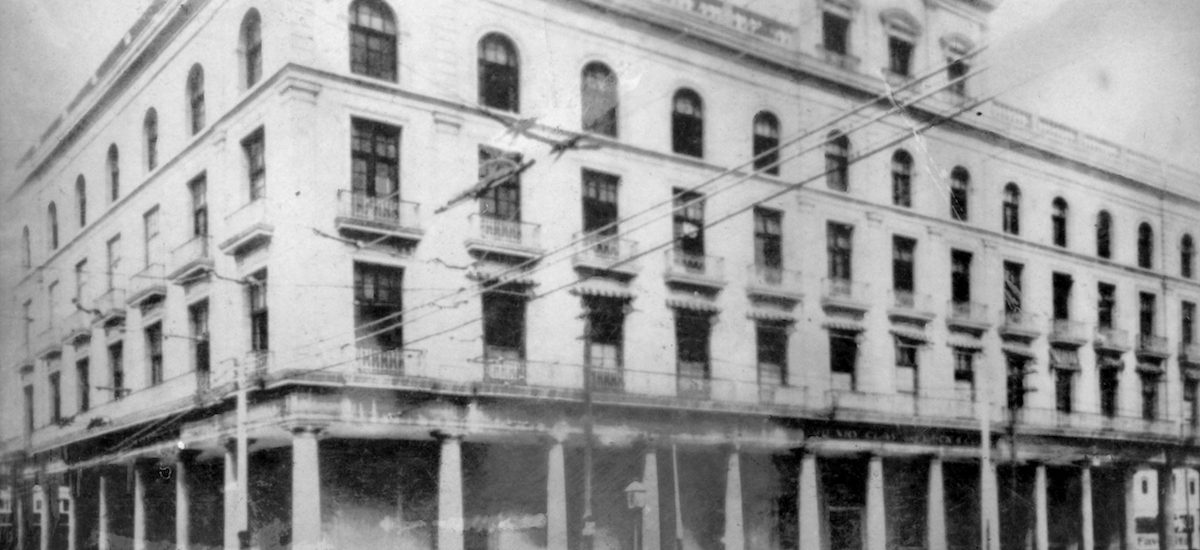
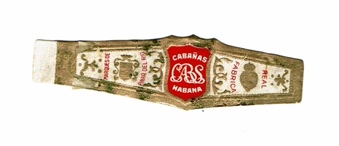
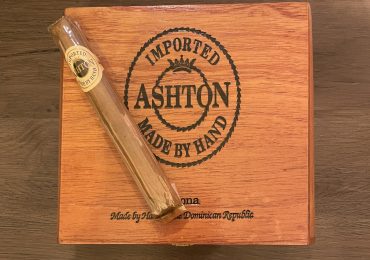
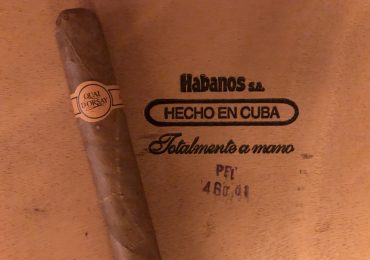
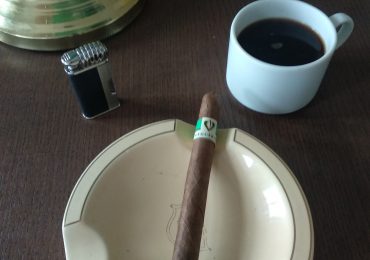
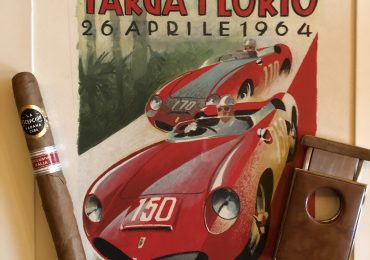
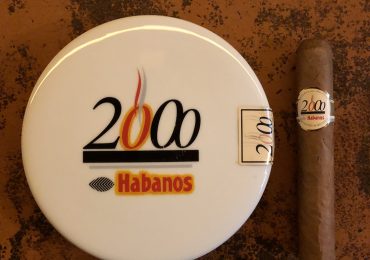
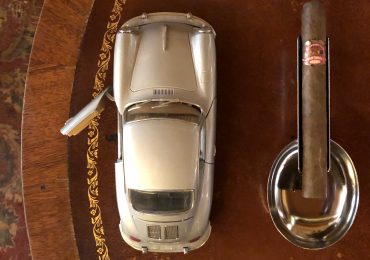
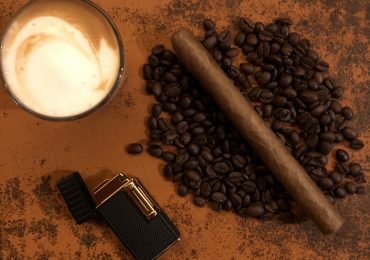
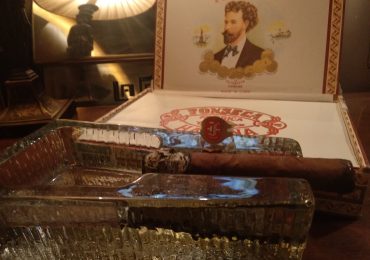
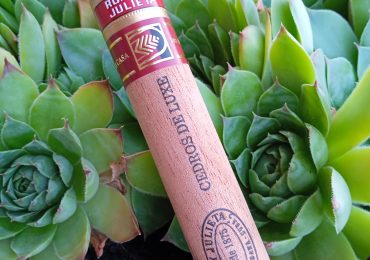
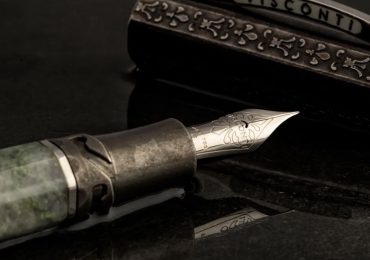
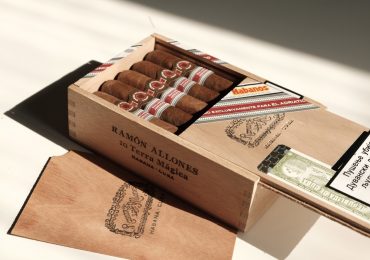
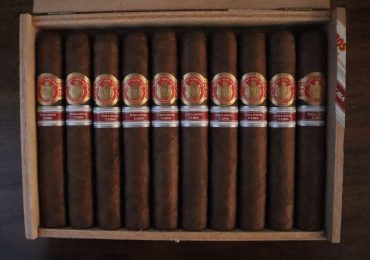
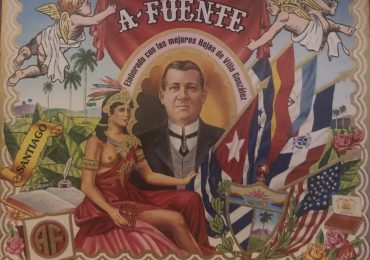
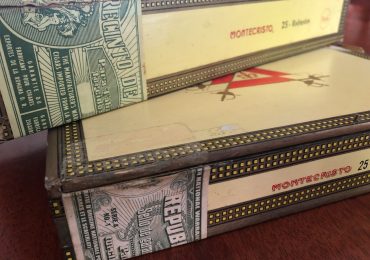
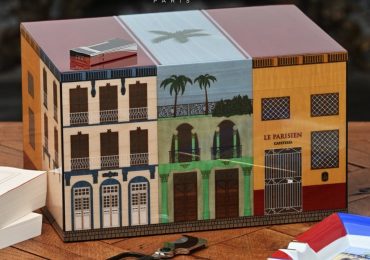
Thanks for a most interesting read – please share my regards with Antonio Marsillo.
Ron “The California Wheel Guy”